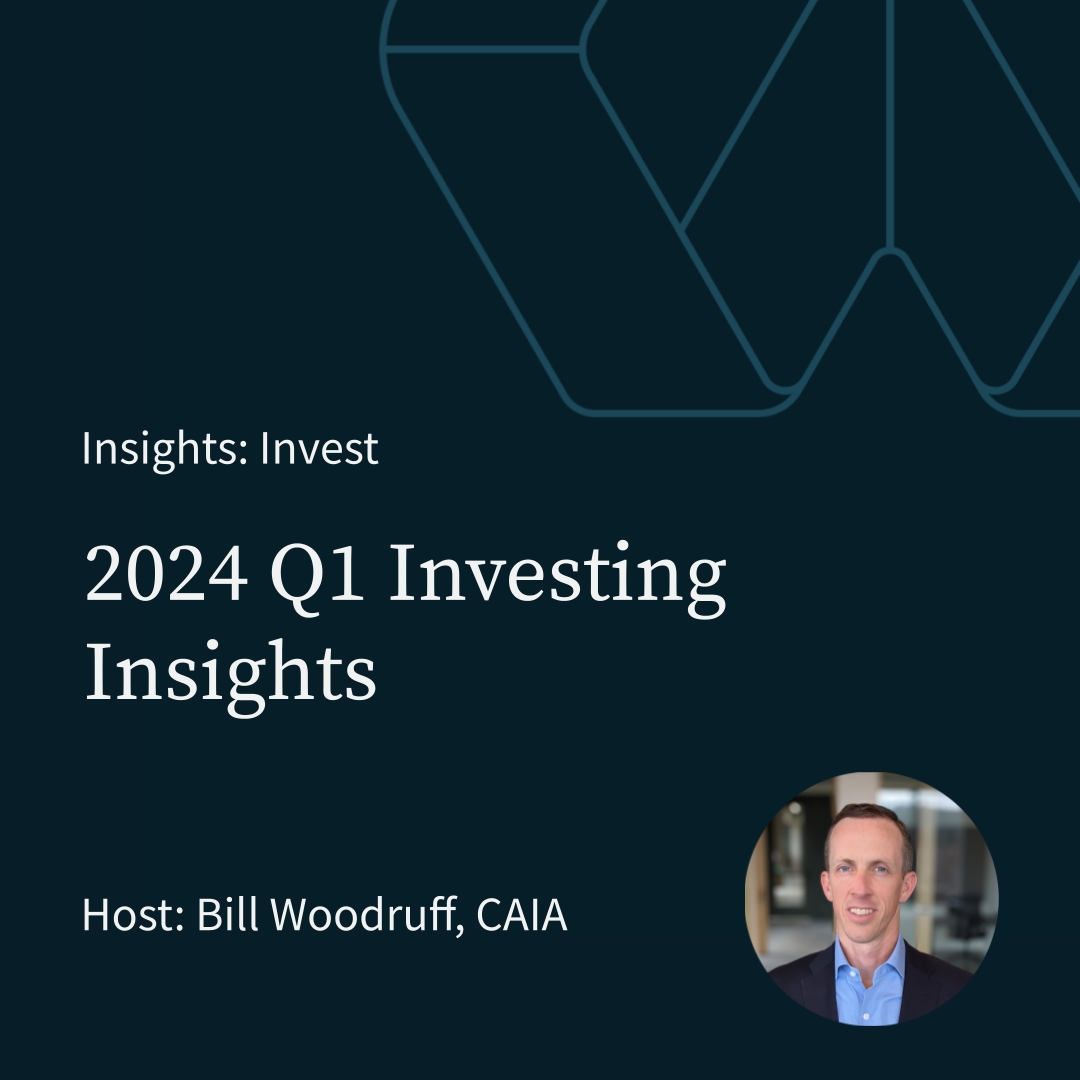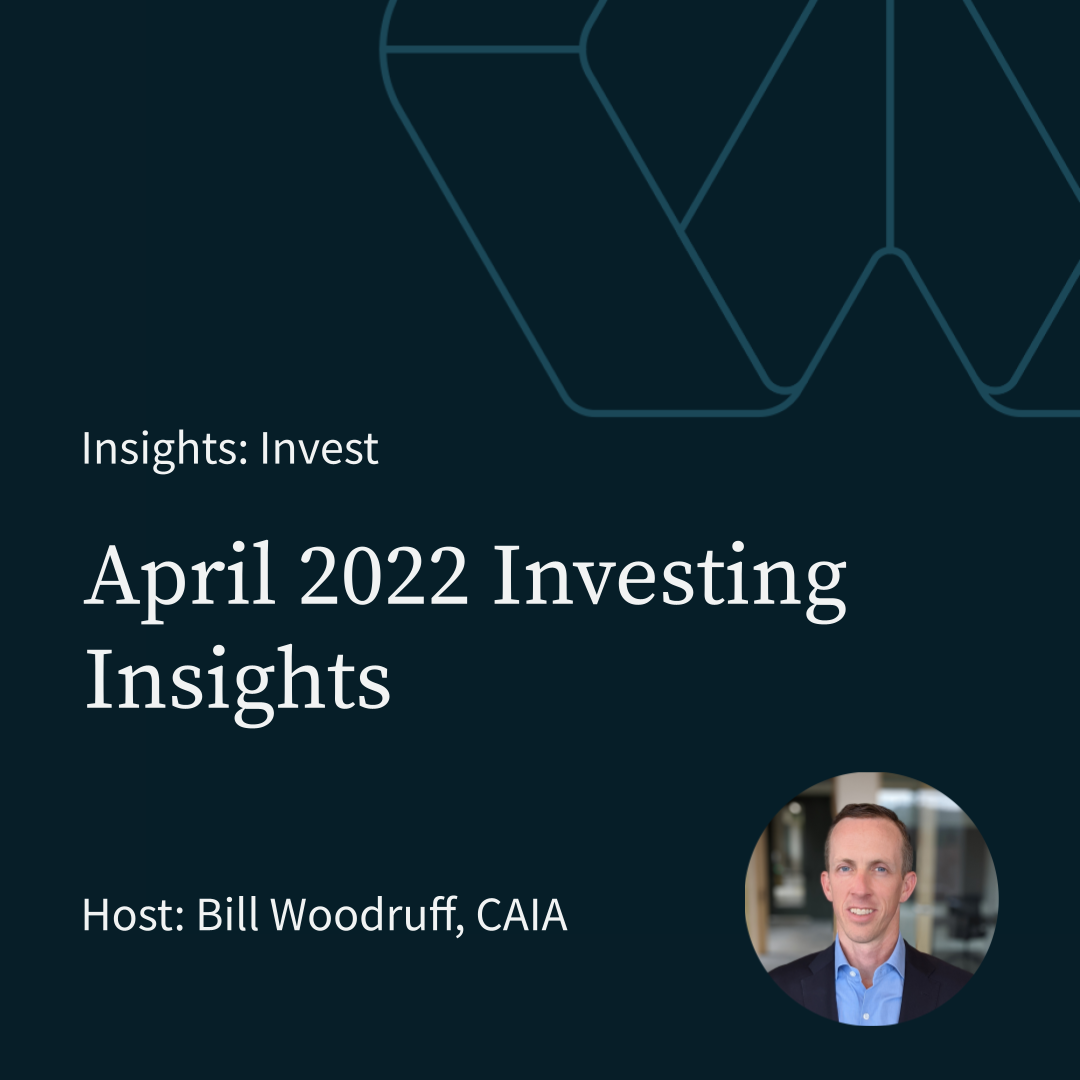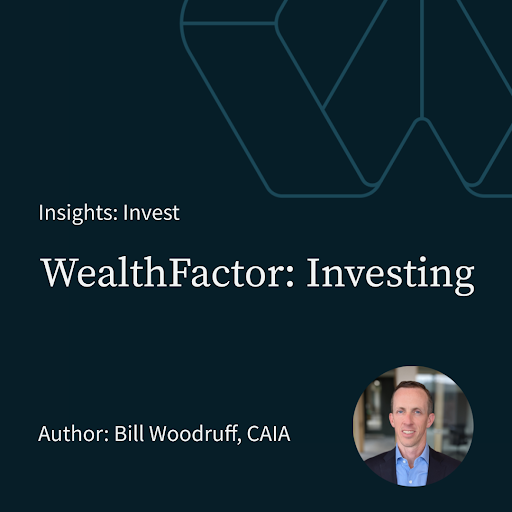WealthFactor October 2020 Review
SUMMARY KEYWORDS
investment, portfolios, yield, risk, investing, client, equity markets, based, vix, factor, relative, volatility, dynamics, fixed income, increased, s&p, interest rates, periods, late 90s, investors
Transcript:
Good afternoon and welcome. Thanks for joining me today or the wealth factor review and update through the end of October of 2020. I'm particularly excited today because I have a handful of updates I want to share WealthFactor was founded in 2017. And I have dedicated and focused to identifying an innovative way to deliver wealth management and investment services with efficiency and scalability or to sharing some specific updates on that topic. Before I get too far in a few words for compliance purposes. This call is for informational purposes only and may be recorded statements made during this call or the opinions of the speaker and are subject to risks and uncertainties, some of which are significant in scope and by their very nature beyond the control of welfare, there can be no assurance that such statements will prove to be accurate and x results and future events could differ in a material way from said statement. Historical results are not necessarily indicative of future performance. My name is Bill Woodruff. I am the founder and operate as Chief Investment Officer for wealth factor I've been involved in investing for over 20 years now and have a diverse investment career and background spanning both small early stage private investment businesses as well as acting as a managing director for the public company fortress Investment Group. WealthFactor is a Lake Oswego based investment advisor. We specialize in wealth management services, but doing so in a digital format providing personalized plan based investment advice, we offer our services through managed custom portfolios that are often index based and include stocks and or bonds primarily, accounts are held and our clients name at independent third party custodians, we only accept fee revenue from our clients and limit our potential for conflicts of interest. Our most unique business element is our point three 5% fee. Now I want to share a update. From a business perspective, we believe that we are well positioned to become a market leader in the emerging digital Wealth Management space. A couple quick updates. Of note, I am in advanced discussions with potential new senior members of the WealthFactor team that include a chief planning strategist and Chief Technical Officer, I believe both have the potential to substantially bolster our emerging competitive advantages. Secondly, I'm making significant investments into integrations and technology to further enhance efficiencies, which are already a big part of why WealthFactor can operate at a fee substantially lower than industry averages, those investments are in areas such as our investment strategy component, much of those systems are already automated. But what we're working towards is an integration with the client experience excited about the potential to start to link our internal services with the client experience. The second thing, in terms of our investments into integrations and technologies is just simply the user experience overall, not just trading or investment strategy link. And so we have a variety of new processes that we'll be fully bringing to existing clients soon that I think will make enhance the overall experience. Lastly, as we I'd also like to announce that we'll be increasing our minimum fee as of 22 at the beginning of 2021, to a $6,000 annual minimum fee for our basic planning services. This won't have any impact to existing clients as as all existing clients will always be grandfathered in, based on a minimum fee of when they started started receiving services from wall factor transitioning over to the review of financial markets and investing through October. We're going to cover three categories. Today, we're going to spend a little bit of time looking at the increased volatility in advance of the elections. volatility is a element that I I spend a fair amount of time focused on and thinking about
05:00
From a pricing and risk perspective in the markets, and I'll share a little bit about what how I think about and use that. We'll spend a little bit of time thinking about taking a step back. I think that's always critical. And every every time you orient yourself to think about investment frameworks and investment, decision making and investment strategies, and so we'll look at an exercise, we'll go through an exercise about how there are persistently reasons not to invest. And the net conclusion, as always, is one can't and should not try to time or predict good or bad the direction of the broad market. Lastly, we'll spend a little bit of time looking at the dynamics for both the equity market and the fixed income market. This graph has two different component parts. The top is isolating the decline periods with ovals for the s&p 500 index. The bottom part is the part I'm going to spend a little bit of time on today. This is the VIX index, and the VIX measures, the amount of volatility in the s&p 500 and oftentimes in the industry is referred to as a fear gauge.
06:18
So the VIX,
06:20
you can see the VIX generally have increases or spikes during periods where equity markets are declining. So fear is going up and volatility is increasing during these short term periods of decline. And this as we think about that, and look at that we can see, okay, there was an enormous spike. Well, first of all, if we look at that, that small little chart, we've got an a peak of a VIX level of at approximately, and we can see that we got very close to that in the coronavirus, outbreak, initial outbreak. And then we can see the effects or the relative amount of volatility in terms of this recent spike that we have coming into today with the election. So we've seen and we can see the magnitudes of declines, we can see the magnitude of amounts of volatility, you know, I spend a fair amount of time on five or six simple metrics and not to say they make material, they have material impacts to how portfolios are positioned or the investment strategy. But a component of risk Smart Investing is asking the question, does this risk make sense or isn't an efficient risk relative to each client's specific situation objectives and risk profile, transitioning over to our exercise for the day persistently, there are reasons not to invest. And so this exercise will take a look at each decade going back to 1970. And, and what this really does, and you can see there, you know, we've busted three different
08:09
things that were going on
08:11
at that time. What this does is kind of puts the current topic of the day, which is being you know, put on a, a there's really a spectacle in the media around all of our current issues. And I don't want to say that the Coronavirus doesn't have an the lockdowns associated with it don't have a unique element to them. But as you look back across the variety of reasons not to be invested across prior decades, there's some pretty intense things that have happened, whether that's us invading countries, clearly we've been through recessions before and wars, all sorts of interesting dynamics from energy prices and inflation, you know, through all that, we can look back and say, Okay, is there really a link to how worried we might be and what and what the returns are going to be. And so the second column, here are the returns for those years, we can see that there's, you know, generally quite a bit of upside potential, even in these sorts of years. And then on the far right, this is the growth of $10,000 over that entire time period. And so the message here is, you know, really shows that getting invested and staying invested over the long run and however you want to define that a decade or longer is probably a simple way to do it. equity markets have a history of providing significant return drilling in and spending a little bit of time on the current dynamics for equity markets I spend. This is one of the elements that I pay attention to and that's the relative valuation between growth stocks and value stocks, it's common for the media investment professionals to, to draw a lot of attention to stocks that are doing really well, in my experience, looking backwards at how stocks or types of stocks did is generally not helpful over proper investment time horizons. And we have a couple of examples in this chart that lead that actually suggest the exact opposite of that, right. So if we go up into the tech bubble bursting, in the late 90s, value was very out of favor, not a lot of a lot of people were talking all about how great all the tech stocks were, well, they on a relative
10:47
valuation basis value was
10:50
on this graph, very, very cheap relative to growth. And that was the time to be in value, not growth. And then the opposite was really true. After the financial crisis, growth looked very, very cheap, relative to value. And with the benefit of hindsight, again, we can, we can see that those cheaper growth stocks, were really the place to be over the last 10 years. And so as we think about that, relative to where we are today, you know, are we at, we're not either of those extremes. But value is at least row on this scale, cheap relative to grow. On the right side of this page. This is something that I that I think is a risk that investors in funds ETFs, or mutual funds that are index based, or even if they're not, should be paying attention to, and it's probably in many cases a reason to change this, like in the late 90s, where variety of tech stocks had gone to incredible values, they also went to a C we also saw in the late 90s, a significant increase in the percentage of the largest five and 10 stocks in the s&p 500. And so we're seeing that again. And that's the Amazon, Microsoft, Google, etc, contingent that are at very high valuations and very large market caps. And as a as a index s&p 500. based on market cap weighting, they're corresponding with investors investing in those funds have a corresponding increased concentration risk
12:40
to a much use number of companies relative to at least this time horizon over the last 30 years. And as we, for the majority of clients, we're building portfolios in ways that are different from market cap weighting, whether we're using a factor based index to avoid this sort of concentration challenge or risk, or using our direct indexing capabilities to actually build custom portfolios for our clients. In those cases, we apply typically a some sort of equal weighting methodology to minimize or at least at a minimum, dramatically reduce the concentration risk that market capitalization can have during extreme periods like what we're seeing right now, transitioning over to fixed income dynamics. This chart is one I use frequently, and it doesn't show the recent months change on the left. But if it did, we would see that the 10 year Treasury and many of the yield, the risk or credit, risk free yields went up,
13:51
which is something that a lot of investors,
13:53
more conservative investors really need to see because the fixed income environment has been and continues to be from a search for yield perspective really difficult, even though owning those investments has been a good thing as they've appreciated while interest rates have fallen. The challenge is on a looking forward basis, which is how I believe all investors should should think and look rather than what happened yesterday, especially with fixed income. But looking for basis and having a 10 year Treasury yield at point 8% even though that's up a bit over
14:32
the last month or so,
14:34
poses very unique challenges. And then as we look down below that, you know, I think about that Treasury based interest rate as a starting point and a separate component that I think about and look at in regards to fixed income is our credit markets, you know, as I take more risk, more credit risk and and buy a bond or a debt instrument from a counter A party that has more credit risks than the US government, how much additional yield or compensation for that risk Am I getting? And so the corporates line at the top represents investment grade corporate bonds, and we can see, okay, we're getting a little bit more. And then as we go down with high yield, its yields of almost 6%. And that's up, you know, some from the prior month just as a function of volatility going up and equity markets declining a little bit with election year uncertainty. But I look at that and say, Okay, if I'm buying or buying and holding an owning a portfolio of what are effectively junk bonds, there's, even though the yield might be better, there's, you know, there's certainly, almost certainly going to be some defaults in that portfolio or those exposures. And that will reduce the potential return over time. And so I generally, when building portfolios unless there's an extreme need for income from a client, to meet their near term goals and objectives, generally steer away from high yield in and prefer equities on a as I
16:11
look at those as equivalent,
16:13
or near equivalent amounts of risk. On the right side is the graph that represents the yield curve over two different days interest rate dynamic component that I that I focused on and look at. And this one's trying to answer the question, how well compensated at EMI for taking more maturity risk. So the bottom x axis starts at three months of maturity. So it's like I lend my money out for three months, I'm going to get it back in three months, or on the opposite side of that x axis 30 years, I'm taking 30 years worth of interest rate risk of interest rates increased dramatically, my 30 year maturity exposure is going to decline much more dramatically than my shorter maturity investments, at least relative to our December 31 2013, comparative line, the dotted line at the top of the curve is still relatively flat versus that point, although we saw some steepening over the last month, as interest rates did increase, and did more so out in the farther end of the curve. And so I like to whenever I have a client that has a need for more conservative investments, I really like getting treasuries and to play a role in that part have not been doing that as much since the since interest rates fell so much this year, which can be seen in that top left chart, as that shows the starting point yields for the year, versus the most recent yield yields and so tenure started the year at 1.92 with less than half of that total amount of yield today.
18:04
That concludes my prepared comments.










